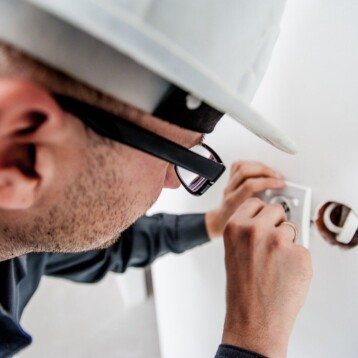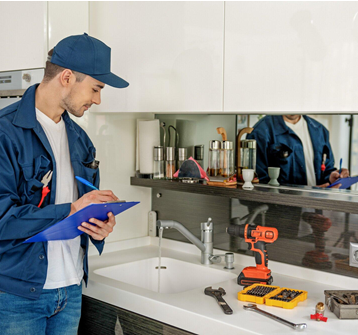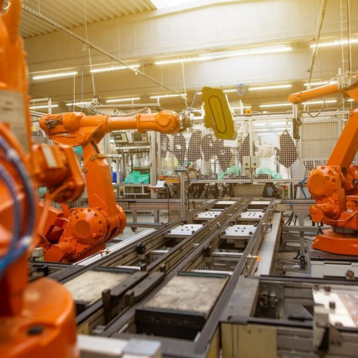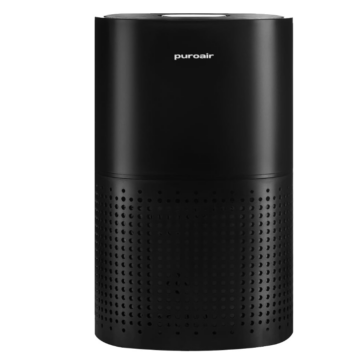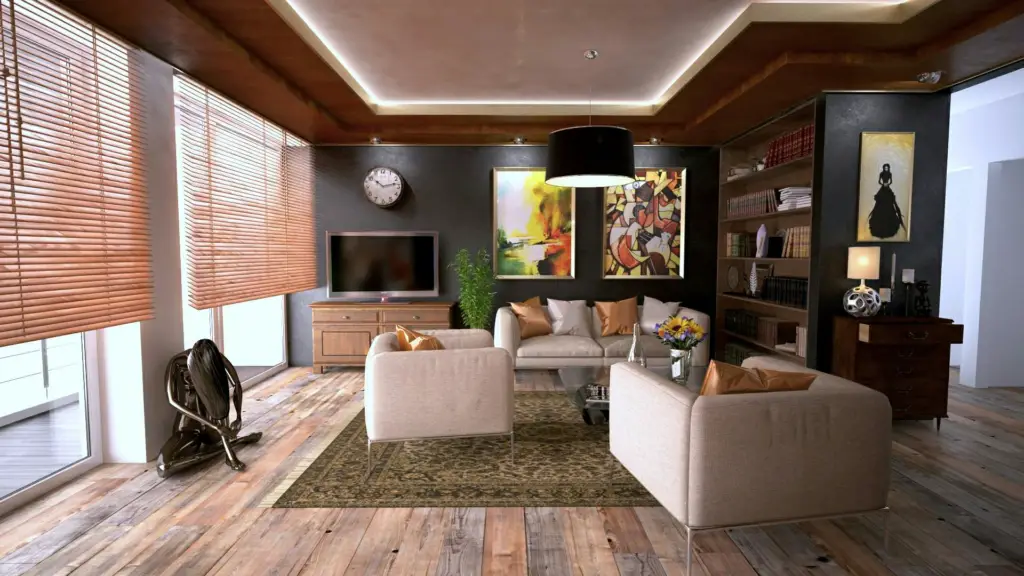
Technical advancements are rapidly changing many aspects of our daily lives. Smart spaces equipped with technology to enhance experiences and efficiency are an example of this evolution. These sophisticated environments utilize sensors, data analysis, and connectivity to create intuitive surroundings. As individuals adopt these technologies, the significance of how they improve tasks becomes more apparent. This article explores how smart spaces improve daily life.
Understanding Smart Spaces
You may have wondered, “What are smart spaces?” These are intelligent environments go beyond being filled with technology gadgets; they symbolize the blending of the virtual worlds to facilitate smooth interactions between them both. These spaces operate by combining elements with components in harmony to create frictionless connections. By incorporating devices, AI, and data analysis techniques, the environments transform into adaptive spaces. They dynamically adjust based on information to cater to the requirements and tastes of individuals in their vicinity, resulting in tailored experiences for each individual.
Benefits for Home Living
Smart technologies have transformed how houses operate in areas by introducing spaces that enhance comfort and safety through automation systems that manage lighting and temperature settings as well, as security measures effectively and efficiently coming home to a house where lights adjust automatically depending on the time of day and the thermostat maintains an ideal temperature without needing manual adjustments.
Enhancing Work Environments
Smart technology in workplaces brings advantages as it enhances efficiency and fosters a comfortable working environment by regulating energy consumption and monitoring room conditions effectively. It also promotes employee collaboration through communication tools and interactive displays that transcend geographical barriers to boost productivity and creativity.
Transforming Public Spaces
Open places like airports and shopping centers are changing as they incorporate advanced technology features into their design and operations. Visitors can now easily find their way around these areas with the help of upgraded navigation systems that minimize confusion and make the experience less stressful. Moreover, people can stay updated about traffic conditions, weather forecasts, and upcoming events in time, which helps them stay informed and ready for whatever’s ahead.
Improving Healthcare Facilities
Healthcare settings also benefit from the use of spaces where hospitals and clinics incorporate technologies to monitor patients effectively and provide timely and precise medical attention. The introduction of gadgets that monitor signs and offer real-time information to healthcare providers enhances the accuracy of diagnosis and treatment methods. In addition to this, scheduling systems and resource management tools are employed to optimize operations, resulting in reduced wait times for patients and increased levels of satisfaction.
Enhancing Education
Educational institutions use spaces to enhance students’ learning experiences by creating engaging and interactive spaces. Rooms outfitted with resources encourage participation in learning and enable students to delve deeper into the subject matter. Incorporating virtual reality and augmented reality technologies presents possibilities for exploration and comprehension.
Sustainability and Energy Efficiency
One of the benefits of spaces is their ability to support sustainability and energy efficiency by managing resources effectively to reduce waste and environmental impact while also optimizing energy distribution through smart grids and management systems to lower costs for households and businesses alike; in addition to that aspect is the integration of environmentally friendly materials and designs in smart buildings that aim to encourage a more sustainable future, for everyone.
Challenges and Considerations
Although the advantages of environments are clear and unquestionable, obstacles still exist to be overcome. As the number of interconnected devices rises, worries regarding data privacy and security arise—this escalation heightens vulnerability to cyber threats. Safeguarding personal data is vital to upholding confidence in these systems. Moreover, the incorporation of technology demands an investment that might discourage certain businesses or individuals from embracing these advancements. Dealing with these hurdles is crucial for the growth of environments.
Looking Ahead
With the progress of technology, in today’s world smart spaces are set to become more common and advanced. The possibilities for enhancing our lives through these environments are vast, bringing about ease of use, efficiency, and eco-friendliness. By welcoming these developments, we can anticipate a future where spaces are not just practical but also clever and adaptable. Incorporating technology into facets of life offers hope for a future that is interconnected and balanced.
Conclusion
they signify an advancement in contemporary lifestyles by incorporating cutting-edge technologies that improve various aspects like homes and workplaces as well as public spaces such as healthcare and education facilities while also contributing to environmental sustainability efforts. To fully leverage the advantages of these innovations as society increasingly adopts them, it is crucial to comprehend both their impacts and potential drawbacks.





